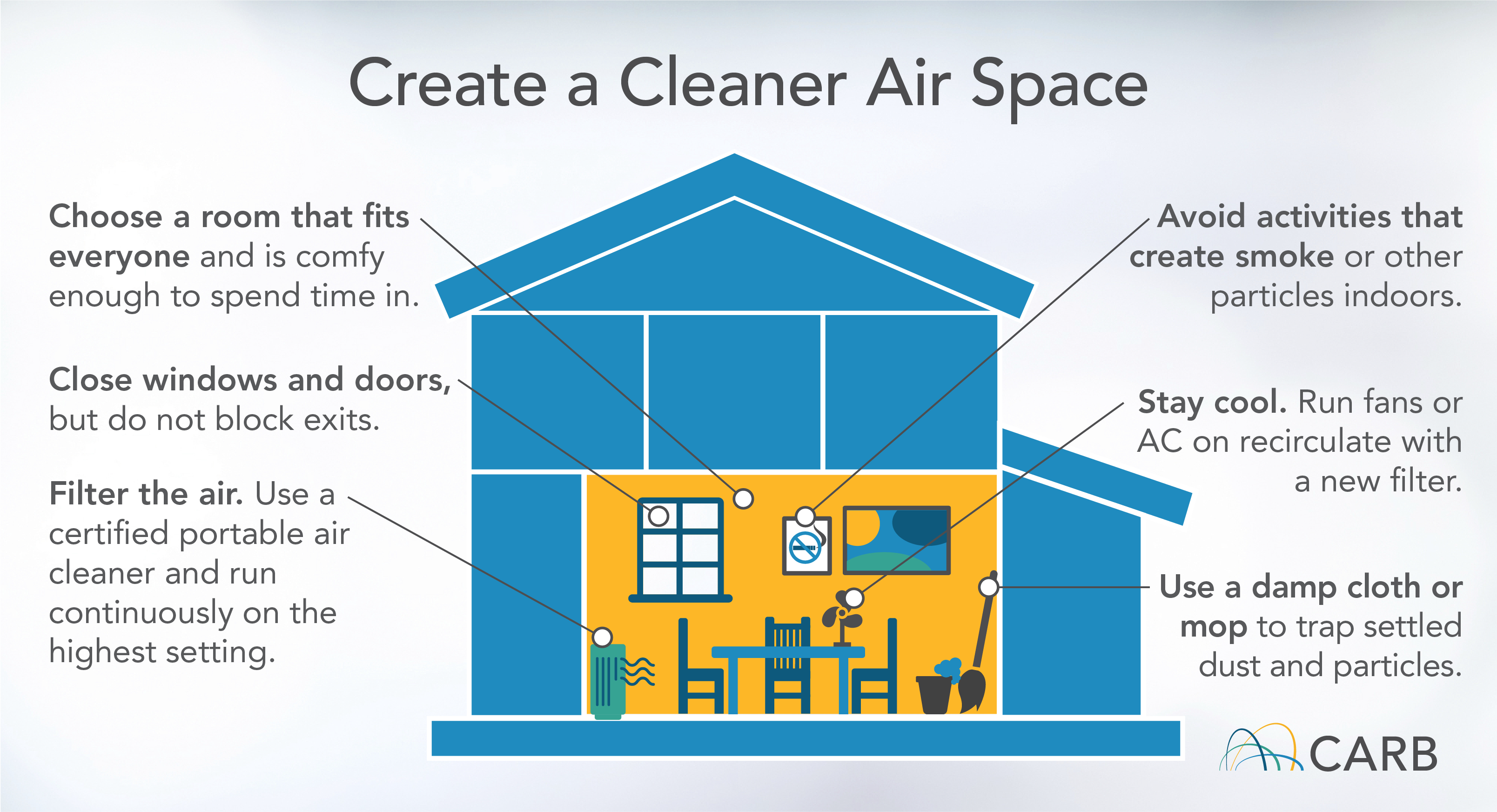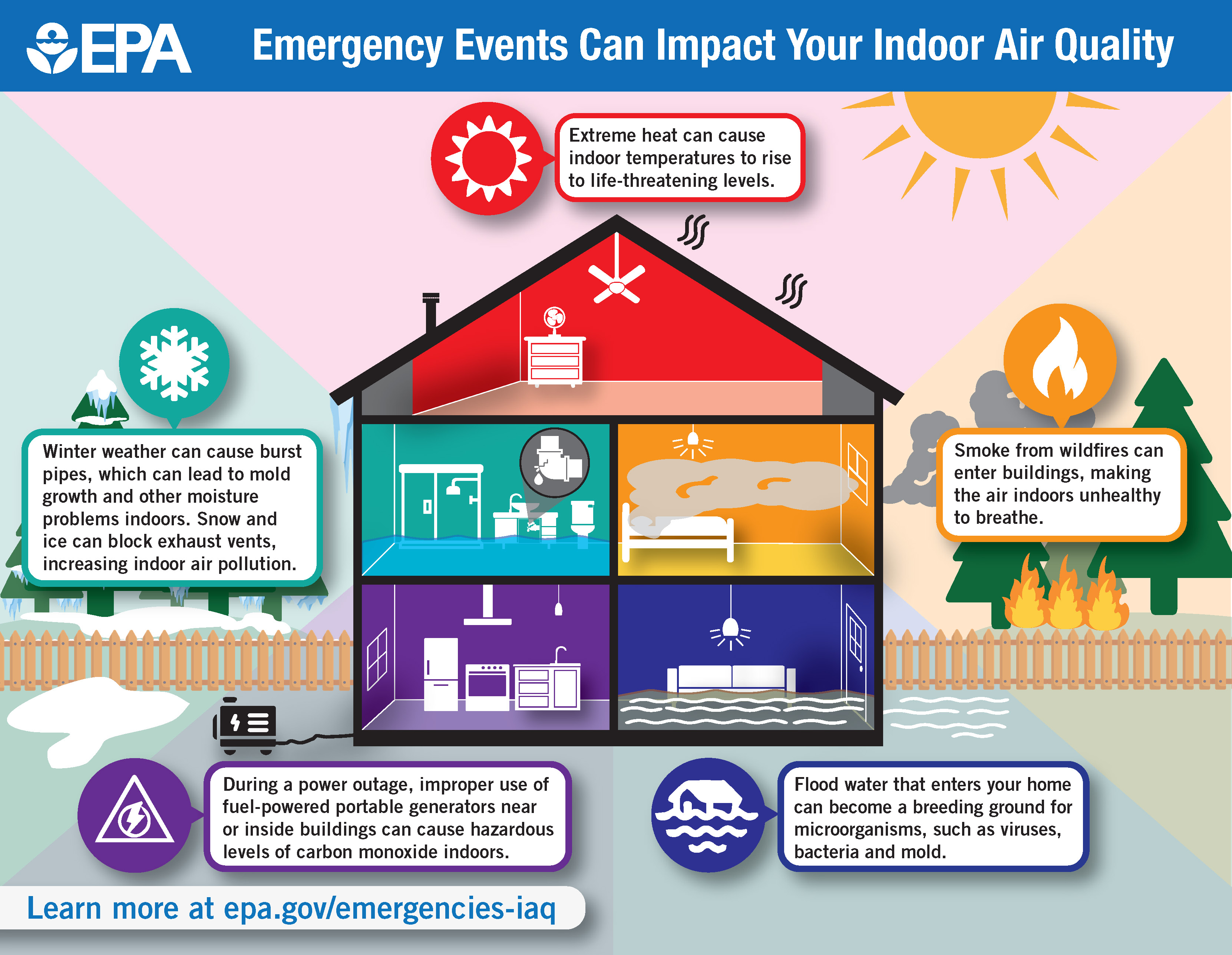Improving indoor air quality after smoking indoors is essential. It affects your health and comfort.
Smoking indoors leaves harmful particles in the air. These particles can linger and affect the well-being of everyone in the space. Breathing in these pollutants can cause respiratory issues and make the air feel heavy. Fortunately, there are effective ways to improve indoor air quality.
By using simple and practical methods, you can create a healthier environment. This post will guide you through steps to freshen your indoor air. You’ll learn how to reduce pollutants and enjoy a cleaner atmosphere. Let’s explore the best ways to improve your indoor air quality after smoking indoors.
Ventilate The Area
Improving indoor air quality after smoking indoors is crucial. Ventilating the area helps remove smoke particles and harmful chemicals. Fresh air dilutes the pollutants, making the air safer to breathe. Follow these simple steps to ventilate your space effectively.
Open Windows And Doors
Opening windows and doors is the easiest way to ventilate. It allows fresh air to flow in and smoke to escape. Even if you can only open them for a short time, it still helps. Try to open windows and doors on opposite sides of the room. This creates a cross-breeze, pushing smoke out faster.
Use Exhaust Fans
Exhaust fans are powerful tools for removing smoke. They pull air from inside and push it outside. Use them in kitchens, bathrooms, and other areas with fans. Turn them on high for the best effect. If you have a window fan, place it facing outwards. It will help draw the smoke out quicker.
Air Purifiers
Smoking indoors can leave harmful particles in the air. These particles can affect your health. Using an air purifier can help. It cleans the air and makes your home safer. There are different types of air purifiers. Let’s explore two of the most effective ones.
Hepa Filters
HEPA filters are very effective. They can remove 99.97% of airborne particles. This includes smoke particles. A HEPA filter traps these particles, keeping them out of the air you breathe.
How HEPA Filters Work:
- Air passes through the filter.
- Particles get trapped in the fine mesh.
- Clean air exits the filter.
HEPA filters need regular maintenance. Change the filter as recommended. This keeps it working well.
Activated Carbon Filters
Activated carbon filters are another great option. They are good at removing smoke odors. The carbon in these filters traps gases and odors.
How Activated Carbon Filters Work:
- Air passes through the carbon filter.
- Carbon adsorbs smoke and odors.
- Clean, odor-free air exits the filter.
These filters also need regular replacement. Check the manufacturer’s guidelines. Replace the filters to keep them effective.
Using air purifiers with HEPA and activated carbon filters can greatly improve indoor air quality after smoking. They remove harmful particles and odors, making your home healthier.
Indoor Plants
Indoor plants are more than just decor. They play a vital role in improving indoor air quality, especially after smoking indoors. Plants can absorb harmful pollutants and release clean oxygen, creating a healthier living environment.
Best Plants For Air Quality
Several plants are known for their air-purifying qualities. Below is a table of the best indoor plants for air quality:
| Plant | Benefits |
|---|---|
| Spider Plant | Removes carbon monoxide and formaldehyde |
| Peace Lily | Eliminates mold spores and toxic gases |
| Boston Fern | Absorbs formaldehyde and xylene |
| Snake Plant | Filters benzene, formaldehyde, and trichloroethylene |
| Aloe Vera | Removes benzene and formaldehyde |
Placement Tips
Proper placement of plants enhances their air-purifying effects. Here are some tips:
- Near Smoking Areas: Place plants where smoking occurs to immediately absorb pollutants.
- In Bedrooms: Keep plants in bedrooms to improve air quality while you sleep.
- Bathroom: Bathrooms can benefit from moisture-loving plants like ferns.
- Living Room: Large plants in living areas can cover more space and purify more air.
- Windowsills: Plants on windowsills get natural light, which helps them thrive.
Remember to water and care for your plants regularly. Healthy plants are the best at purifying air.

Credit: www.protectenvironmental.com
Clean Surfaces
Improving indoor air quality after smoking indoors starts with clean surfaces. Smoke particles can settle on furniture, walls, and floors. Cleaning these surfaces helps remove toxins and odors. This enhances the air you breathe.
Dust And Wipe
Start by dusting all surfaces. Smoke can leave a fine layer of residue. Use a damp cloth to wipe down furniture, shelves, and countertops. Pay special attention to corners and crevices. These spots often trap more particles.
Use Natural Cleaners
Opt for natural cleaners. Vinegar and baking soda are effective. They remove residues and neutralize odors without harsh chemicals. Mix vinegar with water for a simple solution. Baking soda can be sprinkled on carpets and upholstery. Let it sit, then vacuum it up. This helps absorb odors and freshens the air.
Wash Fabrics
Maintaining indoor air quality is essential after smoking indoors. Smoke particles cling to various surfaces, especially fabrics. Washing these fabrics can significantly reduce lingering odors and harmful particles. Focus on items like curtains, drapes, cushions, and upholstery to achieve a cleaner, fresher indoor environment.
Curtains And Drapes
Curtains and drapes often absorb smoke particles. They can trap odors and pollutants within their fibers. To improve indoor air quality, remove and wash these fabrics regularly. Use hot water and a heavy-duty detergent to break down smoke residues. Consider using a fabric softener with a pleasant scent for an extra layer of freshness.
Here is a simple table to guide you through the washing process:
| Step | Action |
|---|---|
| 1 | Remove curtains and drapes |
| 2 | Check fabric care labels |
| 3 | Wash in hot water |
| 4 | Use heavy-duty detergent |
| 5 | Add fabric softener |
| 6 | Dry thoroughly |
Cushions And Upholstery
Cushions and upholstery also attract smoke particles. These items require deep cleaning to remove pollutants effectively. Use a vacuum cleaner with a HEPA filter to remove surface particles. For deeper cleaning, steam cleaning is recommended. This method can penetrate fabric layers, ensuring a thorough cleanse.
Follow these steps to clean cushions and upholstery:
- Vacuum the surface thoroughly
- Check the manufacturer’s cleaning instructions
- Use a suitable upholstery cleaner
- Apply steam cleaning for deep cleaning
- Allow fabrics to dry completely
Regularly cleaning these items can make a significant difference. It helps in reducing smoke-related pollutants and improving air quality. Remember, fresh fabrics lead to fresher air indoors.

Credit: ww2.arb.ca.gov
Deodorize The Space
Deodorizing the space after smoking indoors is essential. Cigarette smoke leaves a lingering odor that can be hard to remove. Fortunately, there are simple ways to eliminate this smell. Two effective methods include using baking soda and essential oils.
Baking Soda
Baking soda is a natural deodorizer. It absorbs odors from the air and surfaces. To use it, sprinkle baking soda on carpets, furniture, and other soft surfaces. Let it sit for a few hours. Then, vacuum it up. This will help remove the smoke smell. You can also place bowls of baking soda around the room. It will absorb odors from the air.
Essential Oils
Essential oils are another great way to deodorize a space. They provide a pleasant scent and help neutralize smoke odors. Use a diffuser to spread the oils throughout the room. Popular choices include lavender, eucalyptus, and lemon. You can also mix a few drops of essential oil with water. Then, spray the mixture around the room. This will help freshen the air.
Regular Maintenance
Improving indoor air quality after smoking indoors can be challenging. Regular maintenance of your home’s systems is crucial. It ensures the air remains clean and healthy.
Change Air Filters
Changing air filters is essential for maintaining good indoor air quality. Smoke particles can clog air filters, reducing their effectiveness. Replace filters every three months. In homes with smokers, change them more often. Use high-efficiency filters to capture small particles and smoke.
Inspect Hvac Systems
Regular inspection of your HVAC system is key. Smoke can damage these systems over time. Check for build-up of residue in ducts and vents. Clean them periodically to ensure proper airflow. Hire a professional for a thorough inspection at least once a year. This helps in identifying potential issues early.
Avoid Future Indoor Smoking
Improving indoor air quality after smoking indoors can be challenging. The most effective step is to avoid future indoor smoking. Keeping smoke outside helps maintain cleaner air inside.
Create Outdoor Smoking Area
Designate a specific area for smoking outside the house. Use comfortable seating and shade to make it inviting. Ensure it is far enough from doors and windows. This prevents smoke from drifting indoors.
Educate Household Members
Inform everyone in the household about the harmful effects of indoor smoking. Make them aware of the benefits of smoking outside. Encourage respect for the indoor air quality rules. Set clear and consistent boundaries.

Credit: www.epa.gov
Frequently Asked Questions
How Can I Remove Cigarette Smell From My Home?
To remove cigarette smell, ventilate your home by opening windows. Use air purifiers with HEPA filters. Clean surfaces and fabrics with baking soda and vinegar.
What Air Purifiers Are Best For Smoke?
HEPA air purifiers are best for smoke. They effectively capture smoke particles and odors. Ensure the purifier has a carbon filter for maximum efficiency.
Does Baking Soda Help With Smoke Odor?
Yes, baking soda absorbs smoke odors. Sprinkle it on carpets, furniture, and other surfaces. Leave it for a few hours, then vacuum.
Can Plants Improve Indoor Air Quality?
Yes, certain plants can improve indoor air quality. Plants like spider plants, peace lilies, and snake plants can help filter out toxins.
Conclusion
Improving indoor air quality after smoking is crucial for health. Open windows for fresh air. Use air purifiers to filter smoke particles. Regularly clean surfaces and furniture. Houseplants can help absorb toxins. Avoid smoking indoors to prevent future issues. Small changes make a big difference.
Your home will feel fresher and healthier. Take steps today for better air quality.
Rakib Sarwar is a Registered Pharmacist and a reputed health and wellness blogger. He has a great interest in Air purifiers.
